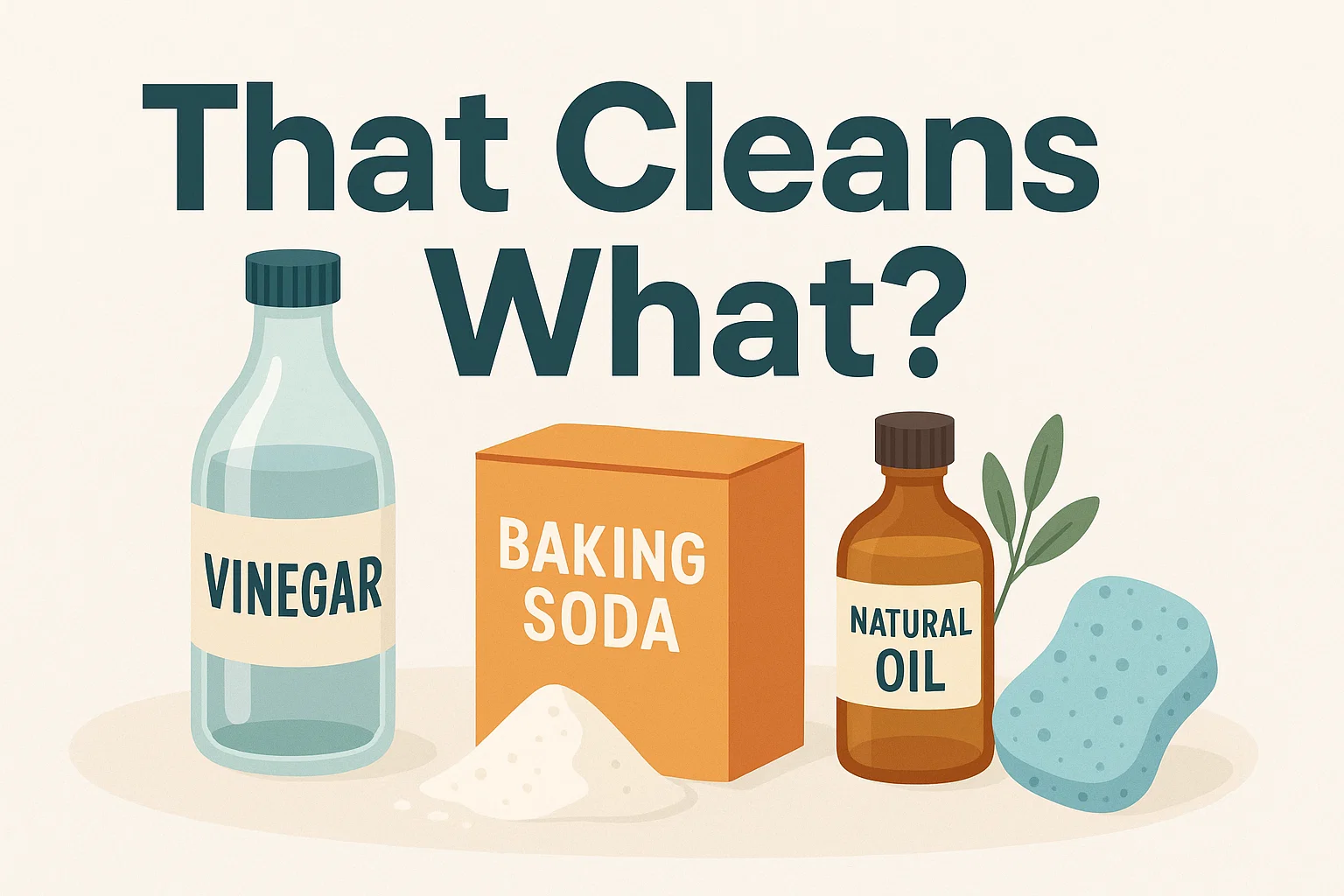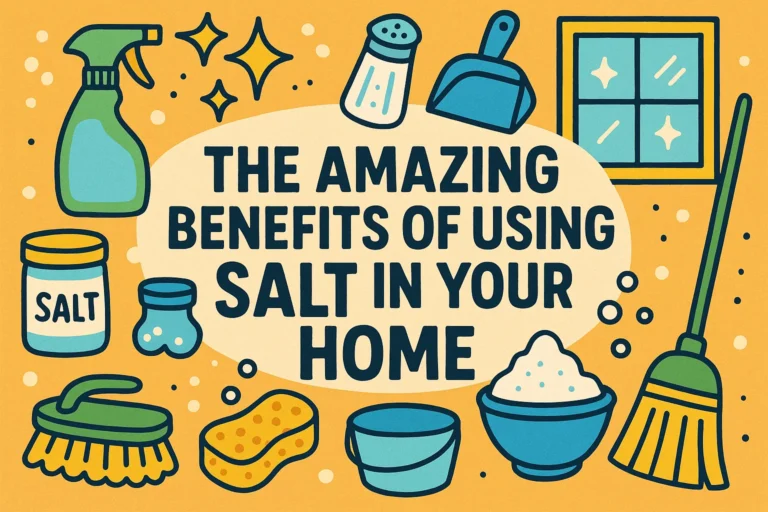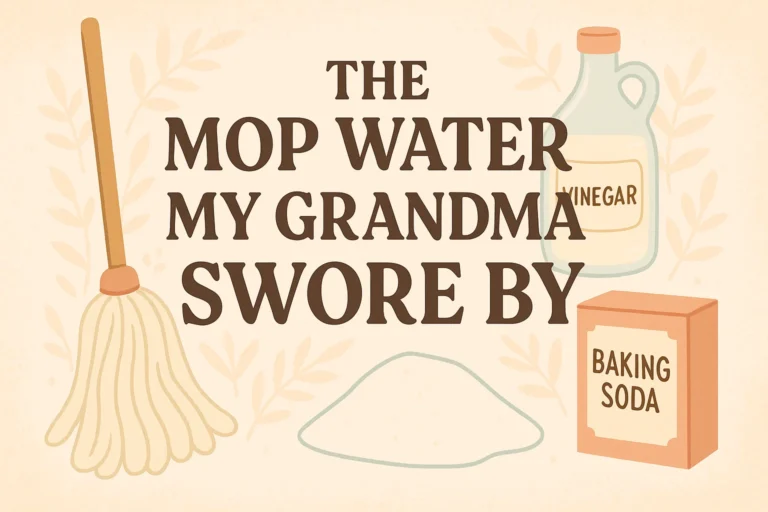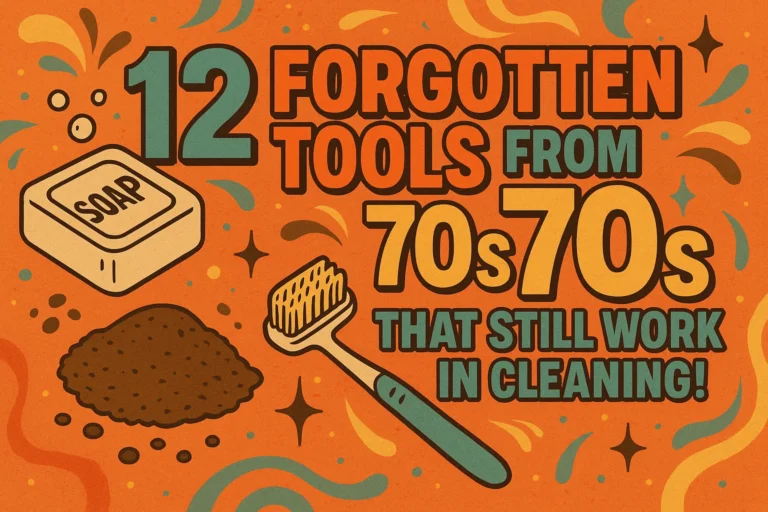Cleaner Recipes How to Make Natural Cleaning Solutions with Vinegar Baking Soda
Ditch the Chemicals, Embrace the Fizz: Your Guide to Natural Cleaning
Let’s be real. Walking down the cleaning aisle at the store is an overwhelming experience. It’s a blinding wall of plastic bottles with aggressive names like “KILL-ALL” and “EXTREME BLAST,” each promising to annihilate every germ in your home while simultaneously making your eyes water and your lungs seize up. I don’t know about you, but I’m not looking to conduct a chemical warfare drill in my kitchen on a Tuesday afternoon.
What if I told you that the secret to a sparkling clean home isn’t hidden behind a scary warning label, but is probably already sitting in your pantry? I’m talking about the dynamic duo, the Batman and Robin of natural cleaning: vinegar and baking soda.
I made the switch years ago after a particularly nasty encounter with a commercial bleach spray left me coughing for an hour. I was skeptical at first—could something my grandma used really handle my modern mess? Spoiler alert: it absolutely can, and it’s cheaper, safer, and honestly, way more fun. There’s something deeply satisfying about creating a mini volcano of fizz to tackle a dirty sink. Let’s get into it.
Why Vinegar and Baking Soda Are Cleaning Royalty
Before we start mixing things willy-nilly, it helps to understand why these two work so well. It’s not magic (though it feels like it); it’s basic chemistry.
The Star Players:
- White Distilled Vinegar: This is your acid. Its superpower is cutting through grease, dissolving hard water mineral deposits (like limescale), and deodorizing. It’s a natural disinfectant, tackling a lot of common bacteria and molds. FYI, the smell disappears the second it dries, I promise!
- Baking Soda (Sodium Bicarbonate): This is your gentle base. It’s a mild abrasive, perfect for scrubbing surfaces without scratching them. It’s also a fantastic natural deodorizer, absorbing funky smells instead of just masking them with a perfumed cloud.
Why Their Chemistry is So Magical
Ever wondered why they fizz when you mix them? That reaction is the key to their power. When the acid (vinegar) meets the base (baking soda), they create carbon dioxide gas (the bubbles) and water. This fizzy action is what makes them so effective at lifting grime and loosening stubborn clogs. It’s like a little bubbling workforce getting into every nook and cranny.
Your Starter Kit: What You’ll Need
You don’t need a PhD in chemistry, just a few simple tools. Raid your kitchen cabinets and you’re already halfway there.
- White Distilled Vinegar: The cheap, generic kind is perfect. No need for fancy apple cider vinegar here.
- Baking Soda: Buy a big, cost-effective box. You’ll go through it faster than you think.
- Spray Bottles: IMO, a couple of good-quality glass or plastic spray bottles are a must-have. Label them. Trust me, you do not want to confuse the vinegar spray with the water one. :/
- Reusable Cloths: Old t-shirts, microfiber cloths, or bar towels. Ditch the paper towels and be kind to the planet!
- A Scoop or Funnel: For mess-free transfers of baking soda.
The Can’t-Live-Without Recipes
Alright, enough science class. Let’s make some cleaners! These are my go-to, battle-tested formulas.
All-Purpose Vinegar Cleaning Spray
This is your daily driver. I use this on countertops (except stone, more on that later!), appliances, cabinet fronts, and windows.
What you need:
* A clean spray bottle
* 1 part white vinegar
* 1 part water
* Lemon or orange peels (optional, but nice)
How to make it:
1. Pour equal parts vinegar and water into your spray bottle.
2. If you want to cut the vinegar scent a bit, add a few citrus peels to the bottle. Let it infuse for a week for a lovely, subtle fragrance.
3. Shake gently before use.
Pro Tip: For extra grease-cutting power, use warm or hot water when you mix it. This is my secret weapon against stovetop splatter.
The Ultimate Scrubbing Paste
This is for those jobs that need a little muscle. Sinks, tubs, stained mugs, and even oven tops—this paste is a miracle worker.
What you need:
* Baking soda
* Water
* A small bowl for mixing
How to make it:
1. Pour about 1/2 cup of baking soda into your bowl.
2. Slowly add water, a tablespoon at a time, and mix until it forms a spreadable paste with the consistency of toothpaste.
3. Slather it on the dirty surface, let it sit for 5-10 minutes, then scrub with a damp cloth or sponge. Rinse thoroughly.
Warning: The fizzing action is weirdly satisfying. You might become addicted to cleaning.
The Drain Cleaner & De-Clogger
Is your sink draining slower than a government website? Before you call a plumber, try this.
What you need:
* 1/2 cup baking soda
* 1 cup white vinegar
* Boiling water
How to make it:
1. Pour the baking soda down the drain.
2. Follow it with the white vinegar.
3. Quickly cover the drain with a plug or a wet cloth to contain the epic fizzing reaction. Let it party for at least 30 minutes.
4. Flush the drain with a pot of boiling water.
This breaks up minor clogs and deodorizes your pipes. I do this as maintenance once a month.
Important Pro Tips & What to Avoid
Okay, time for some real talk. While these are natural, they are still powerful. A little knowledge goes a long way.
- Never, Ever Mix Them in a Closed Container. Remember that fizzy reaction? It creates pressure. If you mix them in a sealed bottle, you’re basically building a bomb. Always mix them in an open container or directly on the surface you’re cleaning.
- Avoid Using Vinegar on Natural Stone. The acid in vinegar can etch and dull marble, granite, and limestone countertops. Stick to the baking soda paste for scrubbing these surfaces.
- Test on a Hidden Spot First. Especially on delicate or vintage surfaces, always do a patch test to ensure there’s no discoloration.
- Don’t Use Vinegar on Hardwood Floors. Many flooring manufacturers warn against it, as it can break down the finish over time. Stick to cleaners made specifically for wood.
- The Golden Rule: Baking Soda First, Vinegar Second. For scrubbing pastes or drain cleans, you always want to apply the baking soda first, then add the liquid vinegar. This ensures the reaction happens where you need it.
Beyond the Kitchen & Bath
Your new cleaning arsenal is more versatile than you think.
- Microwave Cleaner: Heat a bowl of vinegar and water for a few minutes until it boils. The steam will loosen all that baked-on gunk, and you can simply wipe it away.
- Coffee Maker Cleaner: Run a cycle with equal parts vinegar and water, then run a few cycles with fresh water to rinse. It descales like a dream.
- Garbage Disposal Freshener: Toss a few ice cubes and some citrus peels down the disposal, followed by a half-cup of baking soda. Turn it on with cold water running for a fresh, clean grind.
Embracing the Simplicity
Switching to natural cleaning isn’t about achieving a sterile, laboratory-level clean. It’s about creating a home that smells fresh, feels clean, and is safe for your kids, your pets, and you. It’s about saving a ton of money and reducing your plastic waste.
So, the next time you’re facing a mess, don’t reach for the bottle that requires goggles and gloves. Raid your pantry instead. Embrace the fizz, enjoy the process, and take a deep breath of that chemical-free air. You’ve got this







